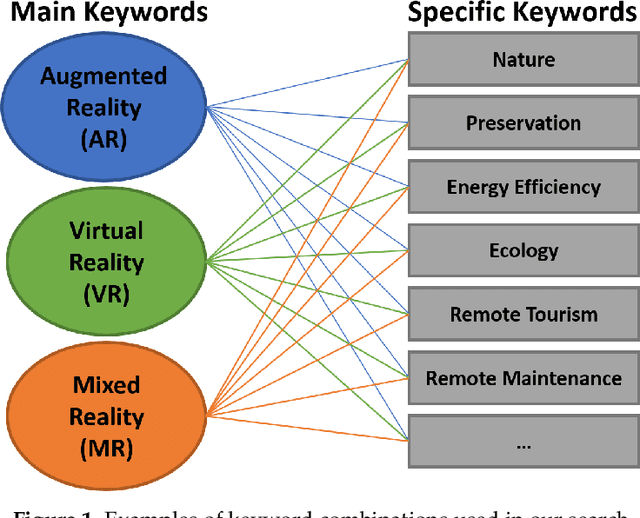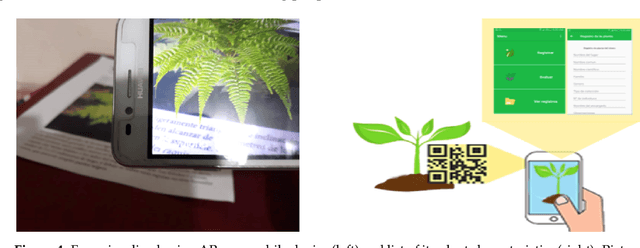Alexander Wiebel
XAI for Point Cloud Data using Perturbations based on Meaningful Segmentation
Jul 29, 2025Abstract:We propose a novel segmentation-based explainable artificial intelligence (XAI) method for neural networks working on point cloud classification. As one building block of this method, we propose a novel point-shifting mechanism to introduce perturbations in point cloud data. Recently, AI has seen an exponential growth. Hence, it is important to understand the decision-making process of AI algorithms when they are applied in critical areas. Our work focuses on explaining AI algorithms that classify point cloud data. An important aspect of the methods used for explaining AI algorithms is their ability to produce explanations that are easy for humans to understand. This allows them to analyze the AI algorithms better and make appropriate decisions based on that analysis. Therefore, in this work, we intend to generate meaningful explanations that can be easily interpreted by humans. The point cloud data we consider represents 3D objects such as cars, guitars, and laptops. We make use of point cloud segmentation models to generate explanations for the working of classification models. The segments are used to introduce perturbations into the input point cloud data and generate saliency maps. The perturbations are introduced using the novel point-shifting mechanism proposed in this work which ensures that the shifted points no longer influence the output of the classification algorithm. In contrast to previous methods, the segments used by our method are meaningful, i.e. humans can easily interpret the meaning of the segments. Thus, the benefit of our method over other methods is its ability to produce more meaningful saliency maps. We compare our method with the use of classical clustering algorithms to generate explanations. We also analyze the saliency maps generated for example inputs using our method to demonstrate the usefulness of the method in generating meaningful explanations.
A survey on applications of augmented, mixed and virtual reality for nature and environment
Aug 28, 2020



Abstract:Augmented reality (AR), virtual reality (VR) and mixed reality (MR) are technologies of great potential due to the engaging and enriching experiences they are capable of providing. Their use is rapidly increasing in diverse fields such as medicine, manufacturing or entertainment. However, the possibilities that AR, VR and MR offer in the area of environmental applications are not yet widely explored. In this paper we present the outcome of a survey meant to discover and classify existing AR/VR/MR applications that can benefit the environment or increase awareness on environmental issues. We performed an exhaustive search over several online publication access platforms and past proceedings of major conferences in the fields of AR/VR/MR. Identified relevant papers were filtered based on novelty, technical soundness, impact and topic relevance, and classified into different categories. Referring to the selected papers, we discuss how the applications of each category are contributing to environmental protection, preservation and sensitization purposes. We further analyse these approaches as well as possible future directions in the scope of existing and upcoming AR/VR/MR enabling technologies.
 Add to Chrome
Add to Chrome Add to Firefox
Add to Firefox Add to Edge
Add to Edge